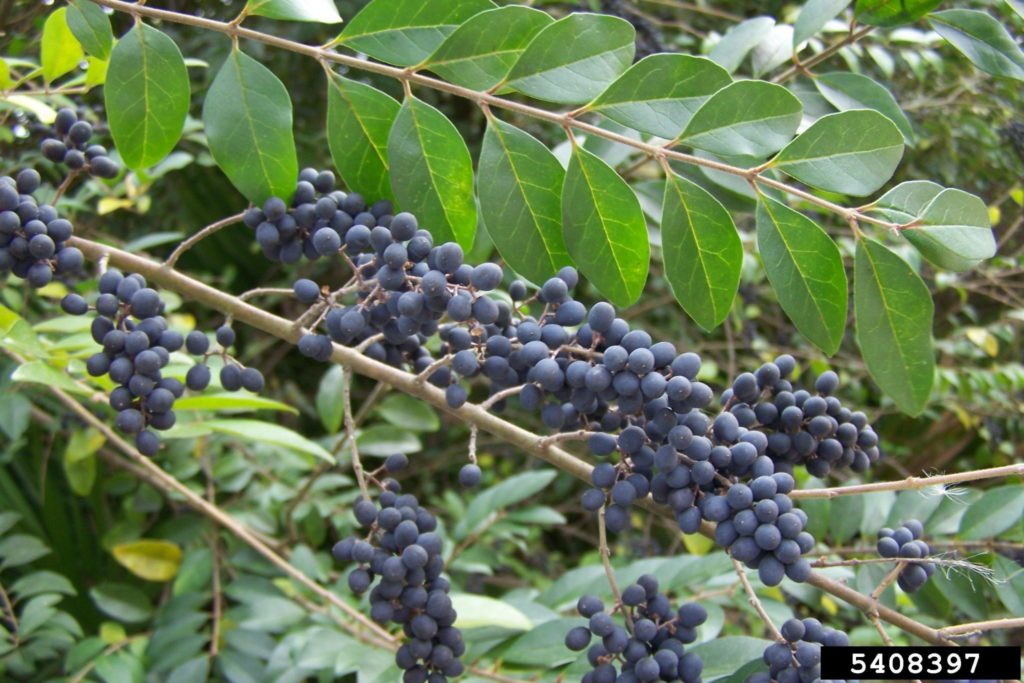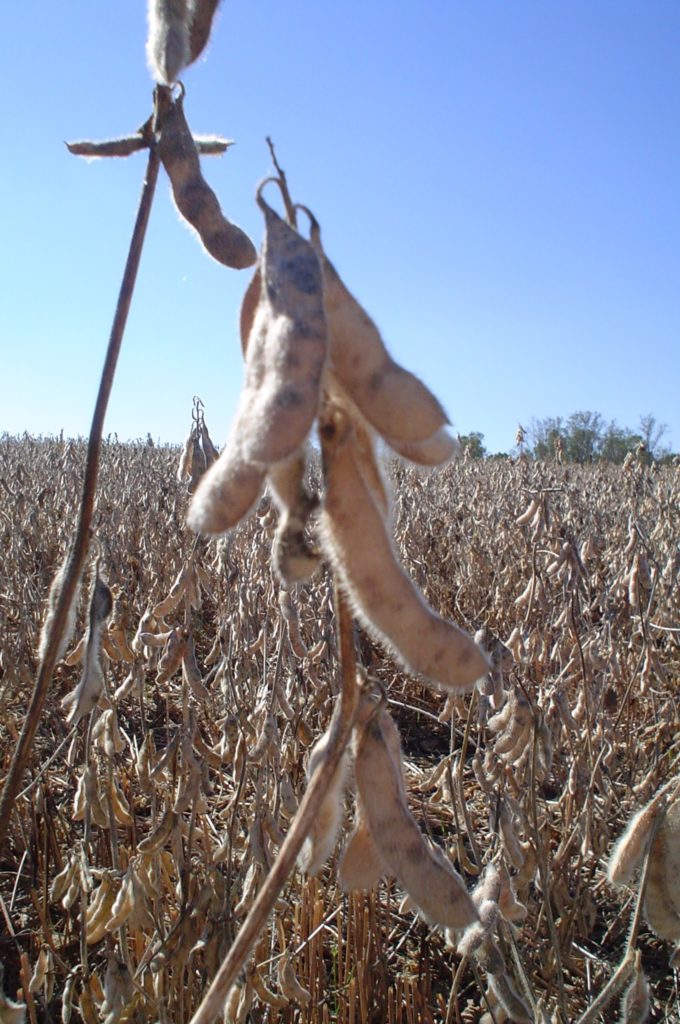Invasive Tree Solutions
go.ncsu.edu/readext?638885
en Español / em Português
El inglés es el idioma de control de esta página. En la medida en que haya algún conflicto entre la traducción al inglés y la traducción, el inglés prevalece.
Al hacer clic en el enlace de traducción se activa un servicio de traducción gratuito para convertir la página al español. Al igual que con cualquier traducción por Internet, la conversión no es sensible al contexto y puede que no traduzca el texto en su significado original. NC State Extension no garantiza la exactitud del texto traducido. Por favor, tenga en cuenta que algunas aplicaciones y/o servicios pueden no funcionar como se espera cuando se traducen.
Português
Inglês é o idioma de controle desta página. Na medida que haja algum conflito entre o texto original em Inglês e a tradução, o Inglês prevalece.
Ao clicar no link de tradução, um serviço gratuito de tradução será ativado para converter a página para o Português. Como em qualquer tradução pela internet, a conversão não é sensivel ao contexto e pode não ocorrer a tradução para o significado orginal. O serviço de Extensão da Carolina do Norte (NC State Extension) não garante a exatidão do texto traduzido. Por favor, observe que algumas funções ou serviços podem não funcionar como esperado após a tradução.
English
English is the controlling language of this page. To the extent there is any conflict between the English text and the translation, English controls.
Clicking on the translation link activates a free translation service to convert the page to Spanish. As with any Internet translation, the conversion is not context-sensitive and may not translate the text to its original meaning. NC State Extension does not guarantee the accuracy of the translated text. Please note that some applications and/or services may not function as expected when translated.
Collapse ▲This week I would like to share two questions that were recently asked at the N.C. Cooperative Extension, Caldwell County Center. I hope you find these questions and answers helpful. If you have specific questions not answered here, please contact me and my team at the office.
Question: I have some invasive trees on the backside of my property. Can I control them now?

Chinese privet is invasive. It spreads by seed and by roots. This plant crowds out native plant species. This is a very common invasive plant in Caldwell County. Herbicides offer a practical means of control.
(photo credit Karan A. Rawlins, University of Georgia, Bugwood.org)
Answer: Yes, invasive trees & shrubs can be controlled during the dormant season using a basal bark treatment or cut stump treatment.
A basal bark treatment is a selective method of controlling thin-barked woody vegetation up to 6 inches in diameter. Basal bark treatment effectively controls common invasive woody species like chinese privet, autumn olive, princes tree, and tree of heaven.
Basal bark treatment is done by applying a herbicide to the lower 12 inches of stems and trunks. The herbicide is applied using an oil based carrier (diesel fuel, kerosene, bark oil). The oil allows the herbicide to move through the bark and kill the plant by getting into the water conducting vessels right under the bark. These water conducting vessels are called the cambium layer.
Trees can be treated any time of the year, but it is often easiest when the leaves are off the trees. The bark must be dry at the time of application so the oil can soak in. The bark should be thoroughly wetted with the spray, but applying until runoff is not necessary.
Several herbicides are labeled for basal bark application. Triclopyr is effective against most invasive woody species and is sold under tradenames such as Garlon, Remedy Ultra, Tahoe, and Tailspin. Pathfinder II is a ready-to-use formulation of triclopyr for basal applications that does not require mixing with the oil carrier.
If the woody species are over 6 inches in diameter, then a better control strategy is the cut stump method. Like the name implies, the tree is cut and then the stump is treated with a concentrated herbicide. The reason for treating with a herbicide after cutting is to prevent resprouting. Many trees will resprout after they are cut, and this prevents the resprouting.
The herbicide should be applied shortly after cutting while the wound is still fresh. For larger trees, the herbicide only needs to be applied to the cambium, the tissue directly underneath the bark. Herbicides can be painted onto the surface or applied with a squirt bottle or small sprayer.
Roundup (glyphosate) is effective during the growing season as a cut stump herbicide. However, in the dormant season, triclopyr is a better choice. Caution is required with this product since it can be absorbed by roots of adjacent trees and plants if over sprayed around the stump.
When I mix up herbicide to use for the cut stump treatment, I often include a dye. This helps me quickly determine which stumps I have not treated.
The basal bark and cut stump treatments are explained on the herbicide label IF the herbicide can be effectively used in this manner. The label will explain how to perform the treatment, as well as how to dilute the herbicide if needed.
Remember to always read and follow the pesticide label. The label is the law.
Question: What maturity group soybeans should I plant?
Answer: Soybeans are a photosensitive plant. In other words, day length signals the plant to cease vegetative growth and begin flowering. Indeterminate varieties, generally speaking, will continue to simultaneously grow vegetatively and bloom. In contrast, determinate varieties have a distinct vegetative stage and blooming stage.
Soybeans are divided into maturity groups. These maturity groups represent how long a day is needed to initiate flowering. Lower numbers represent soybeans that mature early in the season while a larger maturity number represent soybeans that mature later in the growing season. There are 13 groups. Within North Carolina, the earliest maturity group commonly planted is Group 4. In Caldwell County, this group is planted from late April through mid-May. These beans typically mature by mid-September.
The latest maturity group commonly planted in NC is Group 7. Group 7 soybeans are typically planted between late May through June and mature mid to late October.
The best maturity group to plant depends on the planting date, weather, and when the beans can be harvested after they are mature. A maturity Group 5 bean is often a good choice. This maturity group allows the plant to grow big enough before it begins to flower. A larger plant captures more sunlight and can produce more soybeans for harvest.
For answers to your agriculture questions, call the N.C. Cooperative Extension, Caldwell County Center at 828-757-1290 or visit us online anytime.





